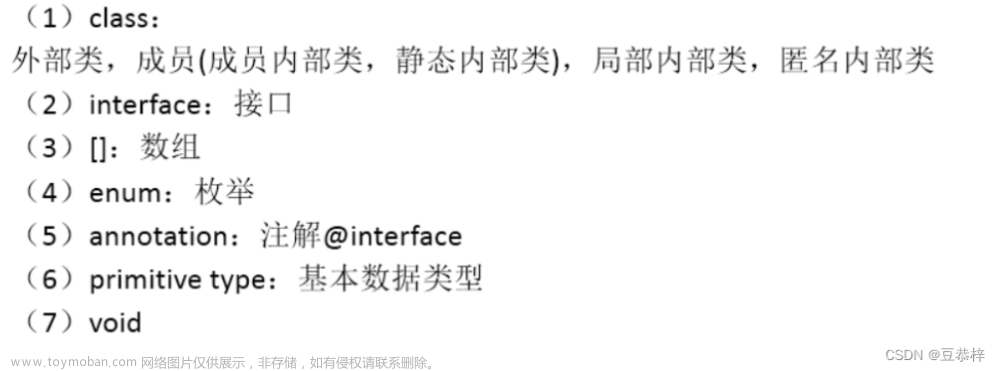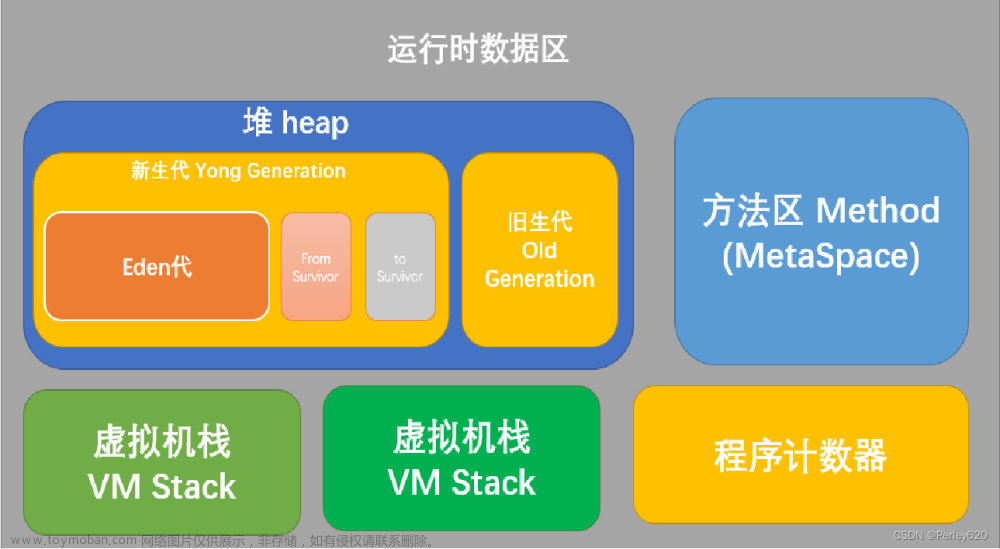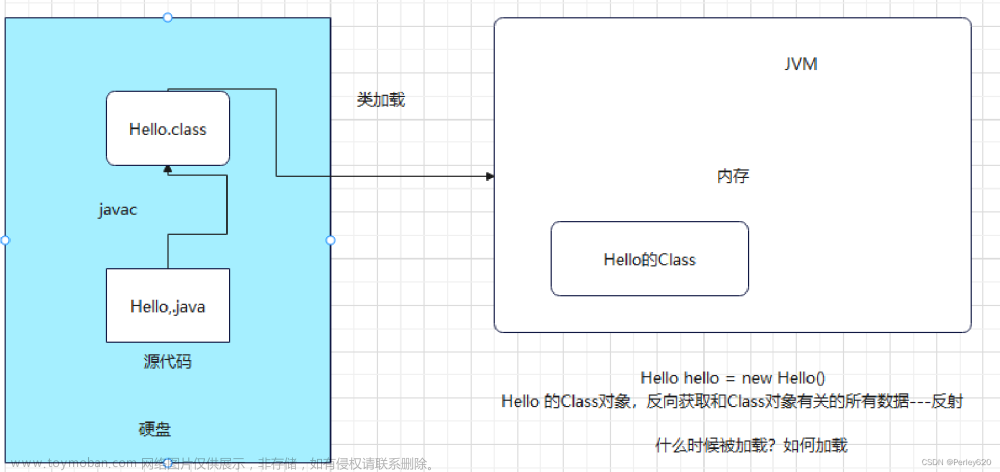前言
在Java中,创建对象可以使用多种方式,本文将详细介绍以下六种创建对象的方式:
1. 使用new关键字
new关键字是Java中最常用的创建对象的方式。通过调用类的构造函数,new关键字实例化一个对象。
示例如下:
public class Person {
String name;
int age;
public Person(String name, int age) {
this.name = name;
this.age = age;
}
}
Person person = new Person("小明", 18);
2. 使用Class的newInstance()方法
Class的newInstance()方法可以在运行时创建一个类的新实例。它等效于使用new操作符,但是语法更加动态。
示例如下:
public class Person {
String name;
int age;
public Person(String name, int age) {
this.name = name;
this.age = age;
}
}
try {
Person person = Person.class.newInstance();
person.name = "小明";
person.age = 18;
} catch (Exception e) {
e.printStackTrace();
}
3. 使用Constructor的newInstance()方法
Constructor的newInstance()方法可以在运行时创建一个类的新实例,并且可以传入构造函数的参数。这种方式比Class的newInstance()方法更加灵活,因为可以选择不同的构造函数。
示例如下:
public class Person {
String name;
int age;
public Person(String name, int age) {
this.name = name;
this.age = age;
}
}
try {
Constructor<Person> constructor = Person.class.getConstructor(String.class, int.class);
Person person = constructor.newInstance("小明", 18);
} catch (Exception e) {
e.printStackTrace();
}
4. 使用clone()方法
clone()方法可以创建对象的一个副本,并且可以重写clone()方法来实现深克隆。
示例如下:
public class Person implements Cloneable {
String name;
int age;
public Person(String name, int age) {
this.name = name;
this.age = age;
}
@Override
protected Object clone() throws CloneNotSupportedException {
return super.clone();
}
}
Person person = new Person("小明", 18);
Person clone = null;
try {
clone = (Person) person.clone();
} catch (CloneNotSupportedException e) {
e.printStackTrace();
}
5. 使用反序列化
反序列化是将对象从字节流中恢复的过程。通过序列化后,可以把对象存储到文件或网络中,然后再通过反序列化的方式恢复成对象。
示例如下:
public class Person implements Serializable {
String name;
int age;
public Person(String name, int age) {
this.name = name;
this.age = age;
}
}
Person person = new Person("小明", 18);
try {
ObjectOutputStream oos = new ObjectOutputStream(new FileOutputStream("person.dat"));
oos.writeObject(person);
oos.close();
ObjectInputStream ois = new ObjectInputStream(new FileInputStream("person.dat"));
Person clone = (Person) ois.readObject();
ois.close();
} catch (Exception e) {
e.printStackTrace();
}
6. 使用工厂模式
工厂模式可以将对象的创建和使用解耦。通过定义一个对象工厂,可以更加灵活地产生对象。
示例如下:文章来源:https://www.toymoban.com/news/detail-481708.html
public interface Animal {
String getName();
}
public class Cat implements Animal {
@Override
public String getName() {
return "Cat";
}
}
public class Dog implements Animal {
@Override
public String getName() {
return "Dog";
}
}
public class AnimalFactory {
public Animal createAnimal(String type) {
switch (type) {
case "Cat":
return new Cat();
case "Dog":
return new Dog();
default:
throw new IllegalArgumentException("Unsupported animal type: " + type);
}
}
}
AnimalFactory factory = new AnimalFactory();
Animal cat = factory.createAnimal("Cat");
Animal dog = factory.createAnimal("Dog");
总结
本文介绍了Java中六种常见的创建对象的方式,分别是使用new关键字、Class的newInstance()方法、Constructor的newInstance()方法、clone()方法、反序列化、工厂模式等。在实际开发中,可以根据具体的业务场景选择不同的创建方式。文章来源地址https://www.toymoban.com/news/detail-481708.html
到了这里,关于【java】Java中创建对象有哪些方式?的文章就介绍完了。如果您还想了解更多内容,请在右上角搜索TOY模板网以前的文章或继续浏览下面的相关文章,希望大家以后多多支持TOY模板网!











